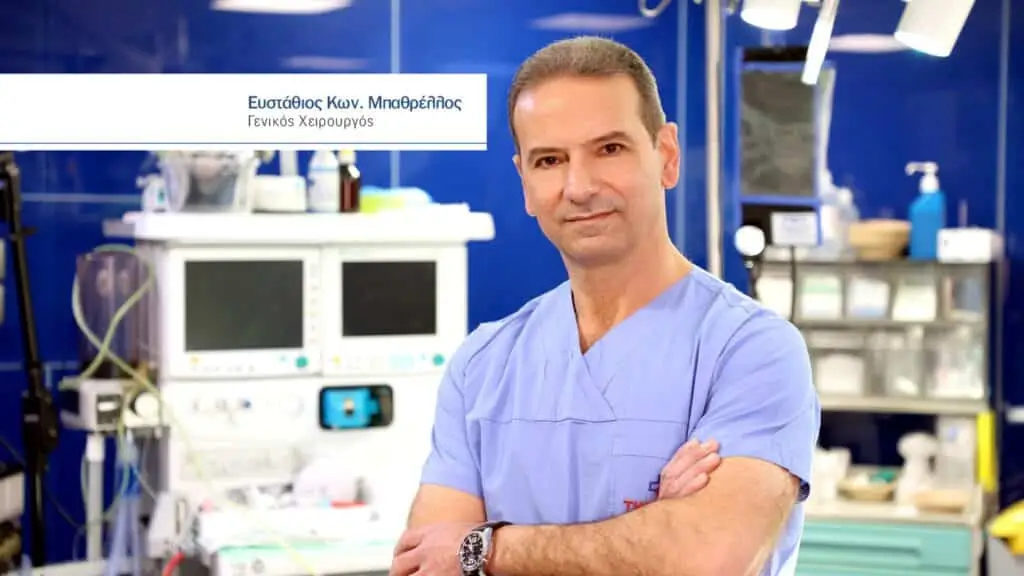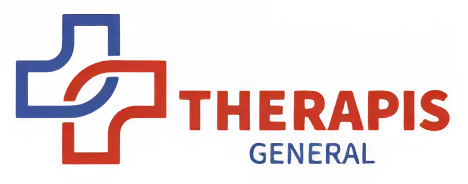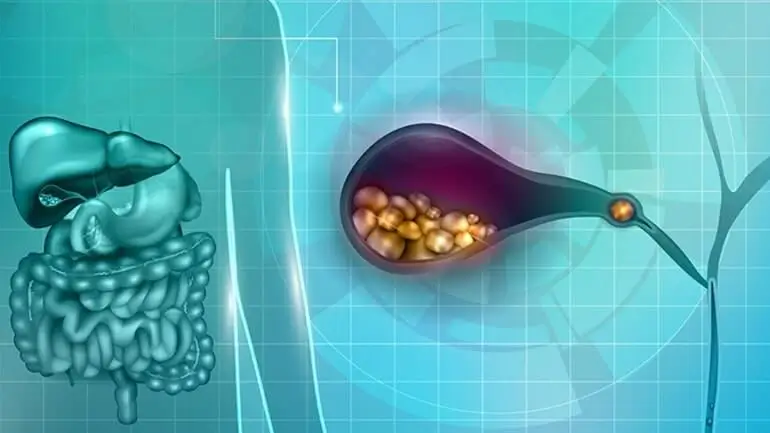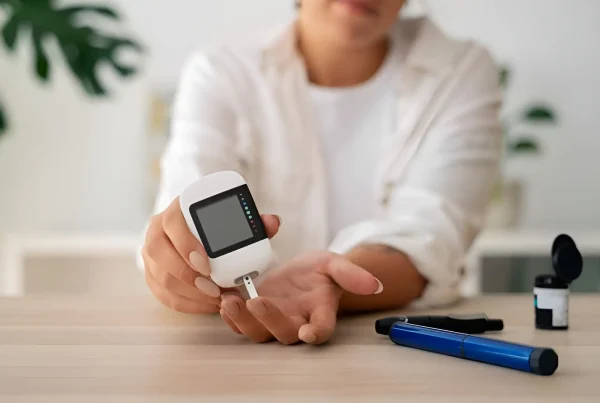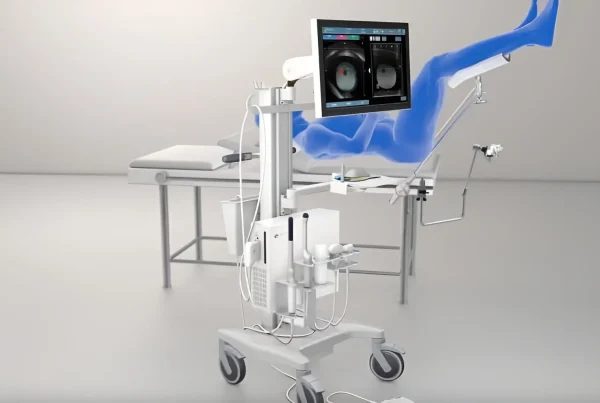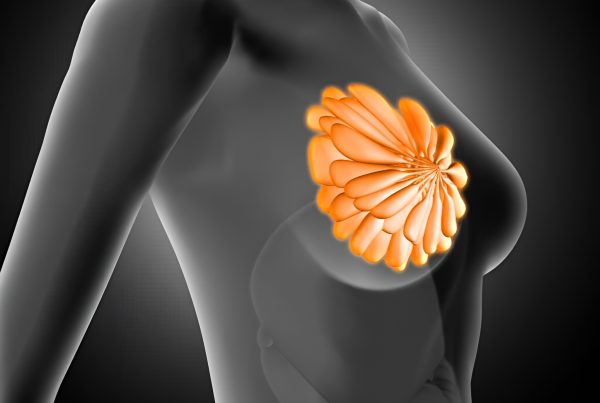Η χολολιθίαση ή όπως συνηθίζεται να λέγεται πιο εκλαϊκευμένα οι «πέτρες στη χολή» αναφέρεται στο σχηματισμό χολόλιθων, κρυσταλλικών δηλαδή ιζημάτων, μέσα στη χοληδόχο κύστη. Η παρουσία χολόλιθων μπορεί να συνοδεύεται από εμφανή συμπτώματα, όπως εμετός, οξύ κοιλιακό άλγος, δυσπεψία, κ.λπ., αλλά υπάρχουν και περιπτώσεις όπου δεν δίνει εμφανείς κλινικές ενδείξεις, γεγονός που δυσχεραίνει την έγκαιρη αναγνώριση του προβλήματος. Ωστόσο, χάρη στη λαπαροσκοπική χολοκυστεκτομή η χειρουργική αφαίρεση της χοληδόχου κύστης έχει πλέον σημαντικά μειωμένο χρόνο αποθεραπείας, σχεδόν μηδενικό κίνδυνο μετεγχειρητικών επιπλοκών, διευκολύνοντας έτσι, την άμεση επάνοδο των ασθενών στην καθημερινότητά τους.
Age – Gender
Kidney stones usually occur between the ages of 40 and 60 and are generally more common in men than in women. After menopause, the incidence in women increases as the protective role of estrogen is lost, resulting in a significantly higher likelihood of kidney stone formation.
The gallbladder
The gallbladder (commonly known as bile) is a pear-shaped organ located below the right side of the liver.
The main function of the gallbladder is to collect some of the digestive fluid—or bile—produced by the liver.
The gallbladder releases this fluid immediately after eating, when needed, to help digest fatty substances. Bile travels through narrow tubular channels into the small intestine
Gallstones
Problems with the gallbladder are usually caused by the presence of gallstones (stones).
These salts are mainly formed from cholesterol and bile salts in the gallbladder or bile duct. The causes of gallstones are unknown, so there are no ways to prevent their formation. If these stones move into the cystic duct, they block the flow of bile to the intestine and cause the gallbladder to swell, resulting in acute abdominal pain, vomiting, indigestion, and in some cases fever. In addition, if the gallstone blocks the common bile duct, it can cause jaundice (yellowing of the skin) or pancreatitis.
The presence of gallstones may be accompanied by symptoms (vomiting, indigestion, acute abdominal pain, bloating, etc.), but often there are no symptoms. The safest, most painless, and most economical method of diagnosis is ultrasound.
The most appropriate and safest treatment for cholecystitis is surgical removal of the gallbladder, which does not cause any digestive problems in most patients.
In the past, removal of the gallbladder meant a large incision, a hospital stay of several days, and post-operative pain.
Laparoscopic Cholecystectomy
With the advent of the revolutionary laparoscopy method in the early 1990s, the parameters of cholecystectomy changed. In this method, a laparoscope is inserted through a tube
with a diameter of 5 to 10 millimeters, allowing the surgeon to see the patient’s internal organs magnified 10 to 15 times.
At the same time, other tubes with a diameter of 3-5 millimeters are inserted into the abdominal cavity, allowing the surgeon to work internally. Intraoperative cholangiography or examination of the bile duct (choledochoscopy) can be performed through the same incisions, if necessary.
However, in less than 1% of patients (when performed by a specialized surgical team), this method cannot be applied due to specific conditions.
Advantages of laparoscopic cholecystectomy over open surgery
- Minimal surgical trauma (one 1 cm incision and three 0.5 cm incisions)
- Quick recovery
- No blood loss
- Quick discharge from the hospital
- Lower hospitalization costs
- Quick return to work and daily activities
- 10-15x image magnification and better lighting
- Minimization of postoperative pain
- Almost complete elimination of postoperative complications related to the
- wound (suppuration, rupture, hernia, chronic pain, etc.)
- Fewer respiratory and cardiovascular complications
- Reduced likelihood of post-operative adhesions and cardiovascular complicationsAbility to treat patients in serious condition, such as those who have undergone cardiac surgery, are overweight, or are in intensive care
- Furthermore, complications are extremely rare in laparoscopic cholecystectomy, and patients return to their normal activities very quickly. They are discharged the day after surgery
For detailed information and any questions you may have, please contact Efstathios Bathrellos at 6936606664 or Therapis General Hospital at 210 7291111.
Book your appointment today at 210 729 1111.
